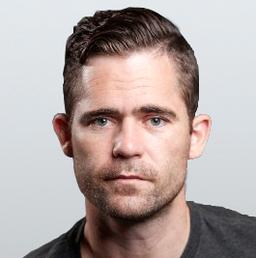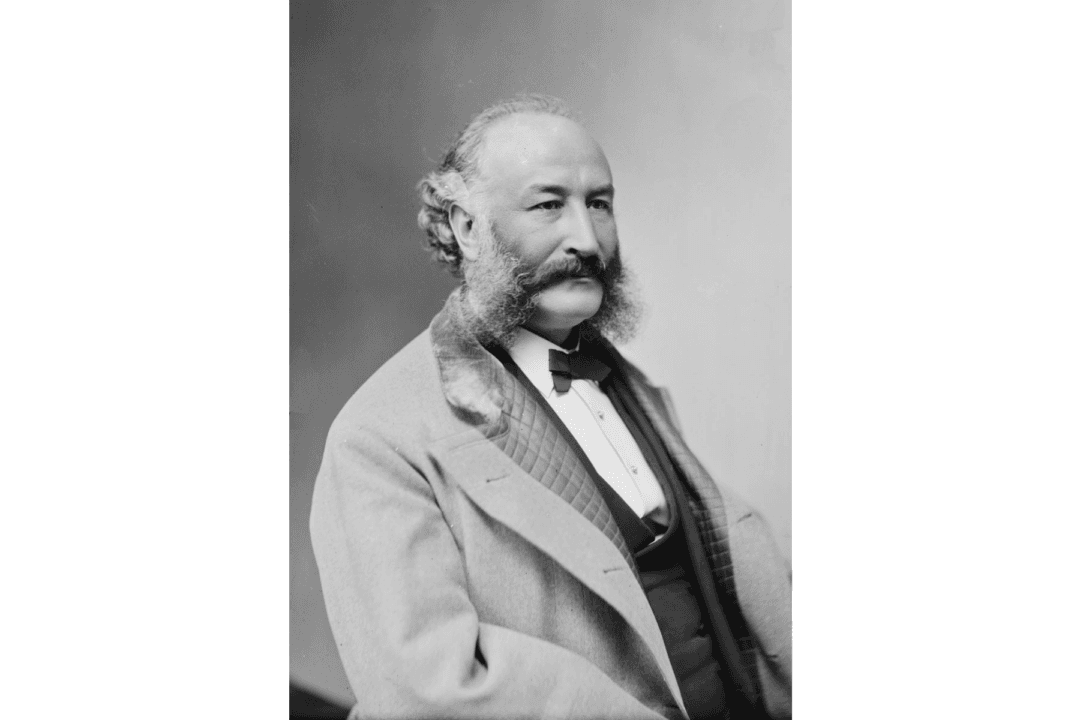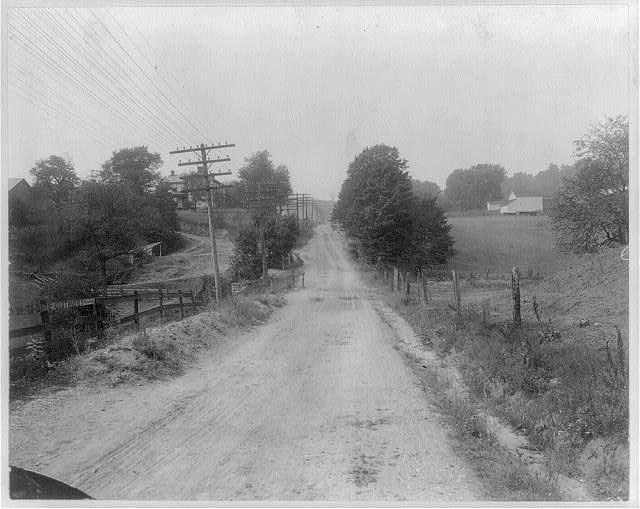As a young boy growing up in Garden Grove, California, Steve Fossett (1944–2007) began cultivating his love of adventure. He lived near both the Pacific Ocean and the Santa Ana Mountains. His love of the outdoors led him to become a Boy Scout, and by the time he reached the age of 13, he was an Eagle Scout—the Boy Scouts’ highest rank. Being an Eagle Scout taught him how to prepare for and adapt to nature’s harsh conditions, a trait that suited him well in his life of adventure.
Work and Play

He began his career with IBM, then Deloitte and Touché, followed by Marshall Field’s. In 1973, his career took a turn for the better when he joined Merrill Lynch in Chicago. Three years later, he joined Drexel Burnham, which commissioned him as one of its floor traders.
At the start of the following decade, he began renting exchange memberships for those wanting to trade on the Chicago Board Options Exchange trade platform. This idea led to his fortune. A few years later, he launched his own businesses, Marathon Securities and Lakota Trading. He soon became a millionaire.
With his money, he began pursuing adventures—but not adventures of just any kind. They were the kind that would put his name in the record books—a place his name would be found again and again and again.
Sailing and Soaring
After swimming the English Channel in 1985, he looked to make a major splash in the boating world in the following decade. He learned the trade of sailing and set more than 20 distance and speed records. Regarding those high mountain peaks, he also looked to the skies where he made his biggest mark by setting nearly 100 new records in balloons, airplanes, gliders, and airships. His ultimate goal was to both sail and fly around the world, and not simply do it, but do it in record time.He began with Pacific Ocean crossings. Flying solo in a balloon during the winter of 1995, Fossett covered nearly 5,500 miles launching from Seoul, South Korea and landing safely in Saskatchewan, Canada. During the summer of 1995, sailing in his 60-foot trimaran named Lakota, Fossett and his three-man crew set the Los Angeles-to-Honolulu sailing record, the Hawaii-to-Japan record, and the west-to-east record from Yokohama to San Francisco. The following year in 1996, he and his crew sailed from San Francisco to Yokohama, beating a 143-year-old speed record by 12 days for east-to-west sailing.
Also in 1996, he began attempting to circle the globe alone in a balloon. Over the following years, his numerous attempts failed to accomplish the ultimate goal, at times with almost deadly effects. Although he broke the nonstop ballooning distance record in January 1997 after covering 10,360 miles from St. Louis, it ended with a crash-landing in India. This was the same time that he met Australian billionaire and adventurer Richard Branson, who would become a close friend.
Around the World

It would take some time, but in the summer of 2002, he became the first person to balloon around the world, covering 20,385 miles and accomplishing the grueling task in two weeks’ time. In fact, he was the first to fly around the world solo in any aircraft. For this record-breaking accomplishment, he flew his massive Spirit of Freedom balloon, which combined helium and hot air. And he landed in Queensland, Australia, fittingly, for the name of the balloon, on the Fourth of July.
The oceans and the skies had become Fossett’s playgrounds. The year before his ballooning world-record flight, he and his 10-man crew aboard his catamaran named PlayStation broke the transatlantic west-to-east sailing speed record.
Fossett, however, had his sights on the record for circumnavigating the globe. In April 2004, he and a 12-man crew aboard his 125-foot catamaran named Cheyenne set the speed record for sailing around the world, beating the record set two years prior by six days.
A Special Plane for the Feat
Branson’s company, Virgin Atlantic, hired Scaled Composites to design and build a plane specifically for Fossett. It was called the Virgin Atlantic Global Flyer. The plane possessed a wing span of 114 feet and two inches, with a height of 11 feet and 10 inches, and a length of 38 feet and eight inches. The plane was built as light as possible in order to help conserve fuel. At approximately 3,500 pounds without fuel, the plane increased its weight to 22,000 pounds when its 13 fuel tanks were full.
On Feb. 28, 2005, Fossett launched from Salina, Kansas, to complete his world-record flight. In just over 67 hours, Fossett covered 22,928 miles, though not without some drama after losing a large portion of his fuel early into the flight, and safely landed his plane back in Salina on March 2. Along with breaking the solo flight record, he also broke the around-the-world speed record of 342.2 miles per hour. The following year, he hopped in the Global Flyer again and set the distance record at 25,766 miles. The Global Flyer was gifted to the Smithsonian Institute and now resides at the Steven F. Udvar-Hazy Center in Chantilly, Virginia.
Fossett continued to fly and sail, and set records along the way. Tragically, though, it was during a routine flight on Sept. 3, 2007, something his wife Peggy compared to “a Sunday drive,” that Fossett’s aircraft went missing along the California-Nevada border.
The following year, the crashed plane was finally located and only portions of Fossett’s remains were discovered.








